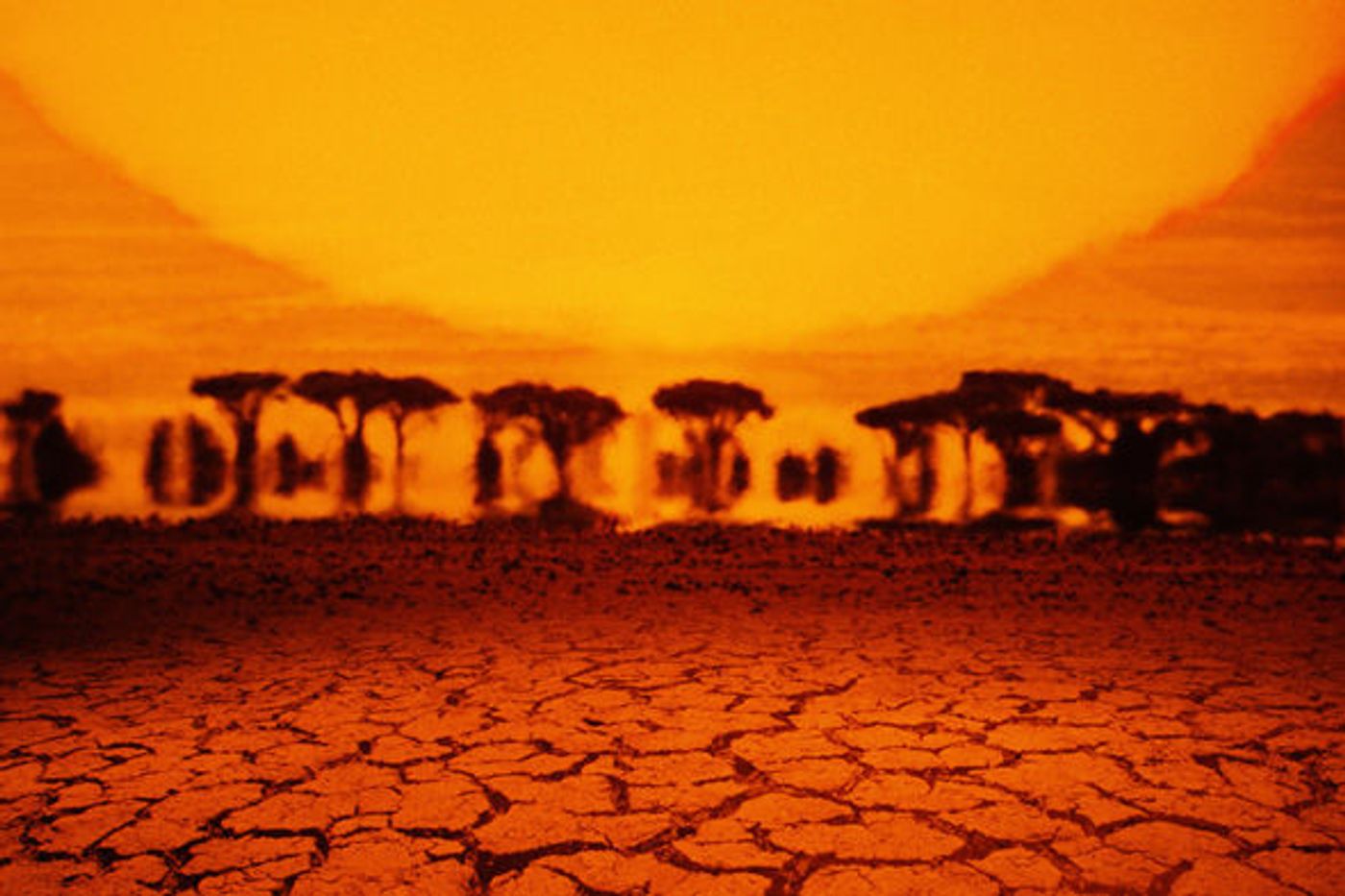Why does it feel hotter than before?
A new study recently published in Nature Climate Change has looked at changes seen in apparent temperature (AP), which is another way of saying the temperature that we humans perceive. The study, led by Professor David Chen Yongqin from The Chinese University of Hong Kong and Dr. Li Jianfeng from Hong Kong Baptist University determined that AP increased faster than air temperature (AT) over land in the past few decades. This trend was seen particularly in low latitude areas, and according to the authors, we’re only going to feel more heat in the near future.
Looking at datasets from past Global Climate Models, the team analyzed human-perceived equivalent temperature AP, from AT, humidity, and wind. The authors write: “The higher increment in AP in summer daytime is more remarkable than in winter night-time and is most prominent over low latitudes. The summertime increases in AT-based thermal discomfort are projected to balance the wintertime decreases in AT-based discomfort over low and middle latitudes, while the summertime increases in AP-based thermal discomfort are expected to outpace the wintertime decreases in AP-based thermal discomfort.”
As Professor Chen put it, "Among the extensive and far-reaching impacts of global warming, human health and labor productivity are most directly affected by thermal discomfort and heat-related morbidity and mortality. Our study of the faster increases in apparent temperature has produced important findings for this kind of climate change impact assessment, providing a strong scientific support for more stringent and effective climate change mitigation efforts to combat global warming."
In layman’s terms, this means that previous climate models which warn of rising air temperatures may not be all-encompassing in their warnings. Human-perceived temperature can often be higher than the air temperature because of factors such as wind and humidity. The research conclusions from this study urge that climate change be considered not only in terms of heat waves, but all sorts of temperature changes.
Sources: Nature Climate Change, Science Daily









